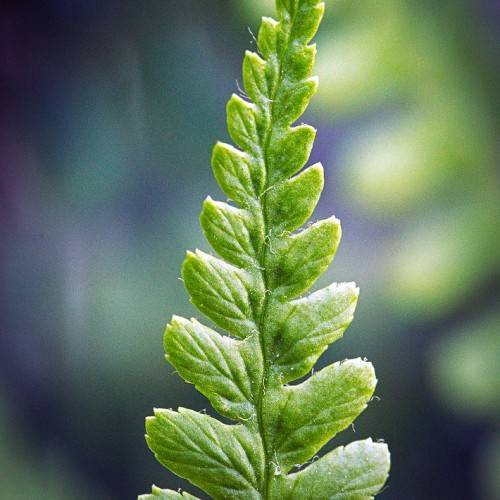
male fern
Dryopteris filix-mas 'Grandiceps Wills'
Cycle:
Perennial
Watering:
Average
Hardiness Zone:
4 - 8
Flowers:
Flowers
Sun:
Part shade,full shade
Leaf:
Yes
Growth Rate:
Low
Maintenance:
Low
watering
The male fern likes to be kept moist, but not soggy. Water it regularly to keep the soil slightly damp in between watering. Water every 7-10 days during the spring and summer months and water less regularly once fall arrives. If kept in bright indirect light, the fern may require watering up to 3 times a week. When watering the male fern, make sure to thoroughly saturate the soil and then allow it to drain completely before watering again.
sunlight
Male fern (Dryopteris filix-mas 'Grandiceps Wills') prefers indirect natural sunlight or bright, indirect artificial light. It should receive at least 6 to 8 hours of light every day. Male fern plants should not be exposed to direct sunlight, as this can cause the foliage to burn and dry out. It’s best to place this plant in a bright, indirect light in an east-facing or north-facing window, and if given too much light, you can use a sheer curtain to diffuse some of the sunlight.
pruning
Male ferns (Dryopteris filix-mas 'Grandiceps Wills') should be pruned regularly to maintain their growth and health. Pruning should be done in the early spring when new growth begins to appear. Start by removing any dead or damaged fronds, or foliage. Then remove any branches that extend outside the plant's natural silhouette or have crossed 1 another. Finally, trim off any fronds that have become too long or old. Pruning should be done only as much as necessary, so as not to over prune the plant and damage it.
